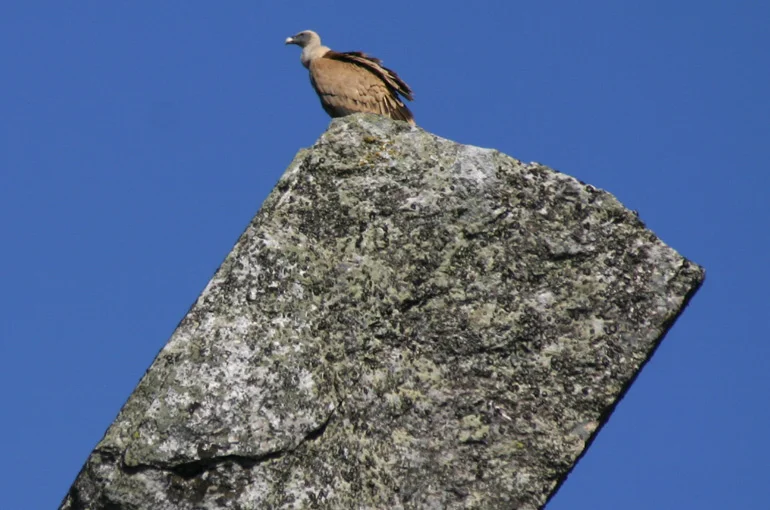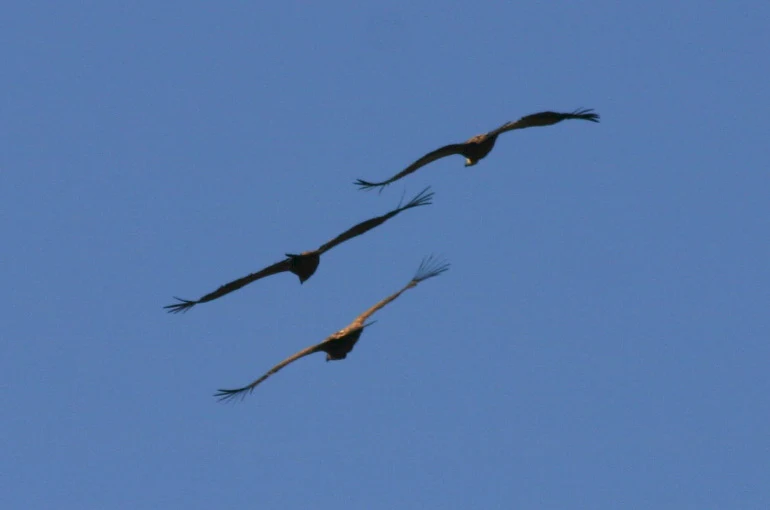Monfragüe forms the largest and best-preserved continuous patch of Mediterranean forest and scrub in Europe. For this reason, it was declared a National Park in March 2007, obtaining the greatest protection of a Spanish natural space.
 |
| Monfrague National Park Spain |
The uniqueness and wealth of fauna of Monfragüe, the variety of its plant formations, the spectacular scenery and the geomorphological interest, constitute an excellent natural and cultural heritage of this corner of Extremadura.
 |
| Monfrague National Park Spain |
Sheltered by large wooded areas and vertebrate by the Tagus River, its slopes of almost impenetrable scrub and the presence of endangered fauna, make Monfragüe one of the great jewels of European nature.
 |
| Monfrague National Park Spain |
Monfragüe is one of the best examples of what is called Appalachian Relief, typical of the American Appalachians. It is the typical relief of ancient siliceous materials, constituted by an alternation of layers of resistant rocks, quartzites and sandstones, and fragile rocks, the slates. The hardest rocks coincide with the mountain areas, and the softest are those found in the valleys where the river network is embedded.
 |
| Monfrague National Park Spain |
Thousands of national and international tourists visit these places each year with the intention of observing some of the most sought-after species of birds in our country, as it is one of the few places in the world where, from the road itself, they can be observed at a short distance.
 |
| Monfrague National Park Spain |
Monfragüe is a National Park open to the public 24 hours a day 365 days a year. Its structure is designed to be visited by car through the road that connects Trujillo with Plasencia EX-208.
Admission is free from both the north and south and you don't have to get a ticket or make any kind of reservation to visit it. Once in the park there are different places where you can park safely and take marked foot routes of varying difficulty.
 |
| Monfrague National Park Spain |
The Monfragüe National Park, located between Navalmoral de la Mata, Plasencia and Trujillo, constitutes one of the points of greatest ornithological interest in Spain. In this wonderful environment you can find the imperial eagle, the black vulture, the black stork and large colonies of griffon vultures among many other species.
